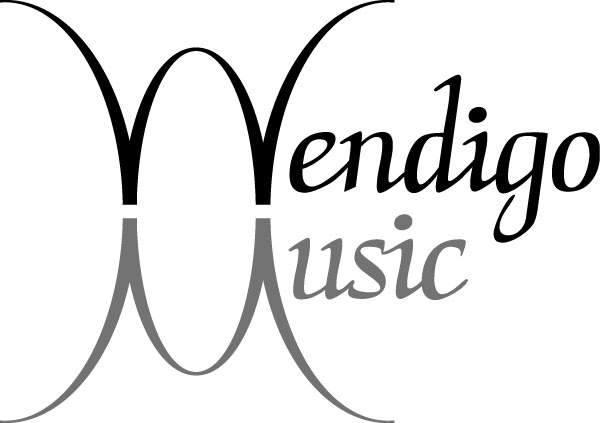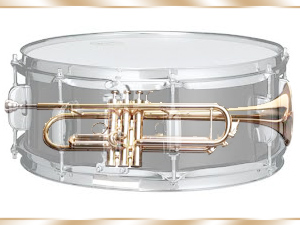When the National Symphony contacted me to compose a fanfare as part of their Hechinger series of 25 fanfares, I was immediately intrigued. While the scope was limited to a duration of two minutes and a small subgroup, it sounded like a fun project. As I thought about these criteria, I was drawn to the idea of two trumpets and two snare drums, arranged in antiphonal fashion, with 1 of each paired on opposite sides of the stage. I also decided to make the most of the two-minute limit, by packing the parts with a wonderful spill of notes! And, unusually, I decided to compose the piece in a pair of days. People often ask how long it takes to compose a piece, and I can never give an exact answer. It takes as long as it takes, thoughof course there are times when the practicalities of deadlines impose a particular limit.
Hearing the Call was inspired by the music of call and response heard in many settings, ranging from religious to jazz. The music is tossed back and forth, with partners forming, shifting and rejoining one another. The antiphonal pairings are central, though I played with alternate pairings as well, including a duet for the two drums. The music is dynamic and fast-paced, and at the rehearsals I was asked by one of the trumpeters to perform some of the rhythms! Having studied solfège with the famed and intimidating Madame Longy during my graduate studies at Juilliard, I was not in the least put out by this, and our rehearsal ended with a terrific run-through. The premiere, on a program featuring Hearing the Call as an opener for an all-Beethoven program, went wonderfully. It did, of course, remind me of how typically orchestras stick one toe into the contemporary and immediately withdraw to their traditional comfort zones! The piece has since between recorded by St. Mary’s Brass. Fanfare called it “smartly, crisply scored for two trumpets and two snare drums…the perfect ceremonial attention-getter.”


